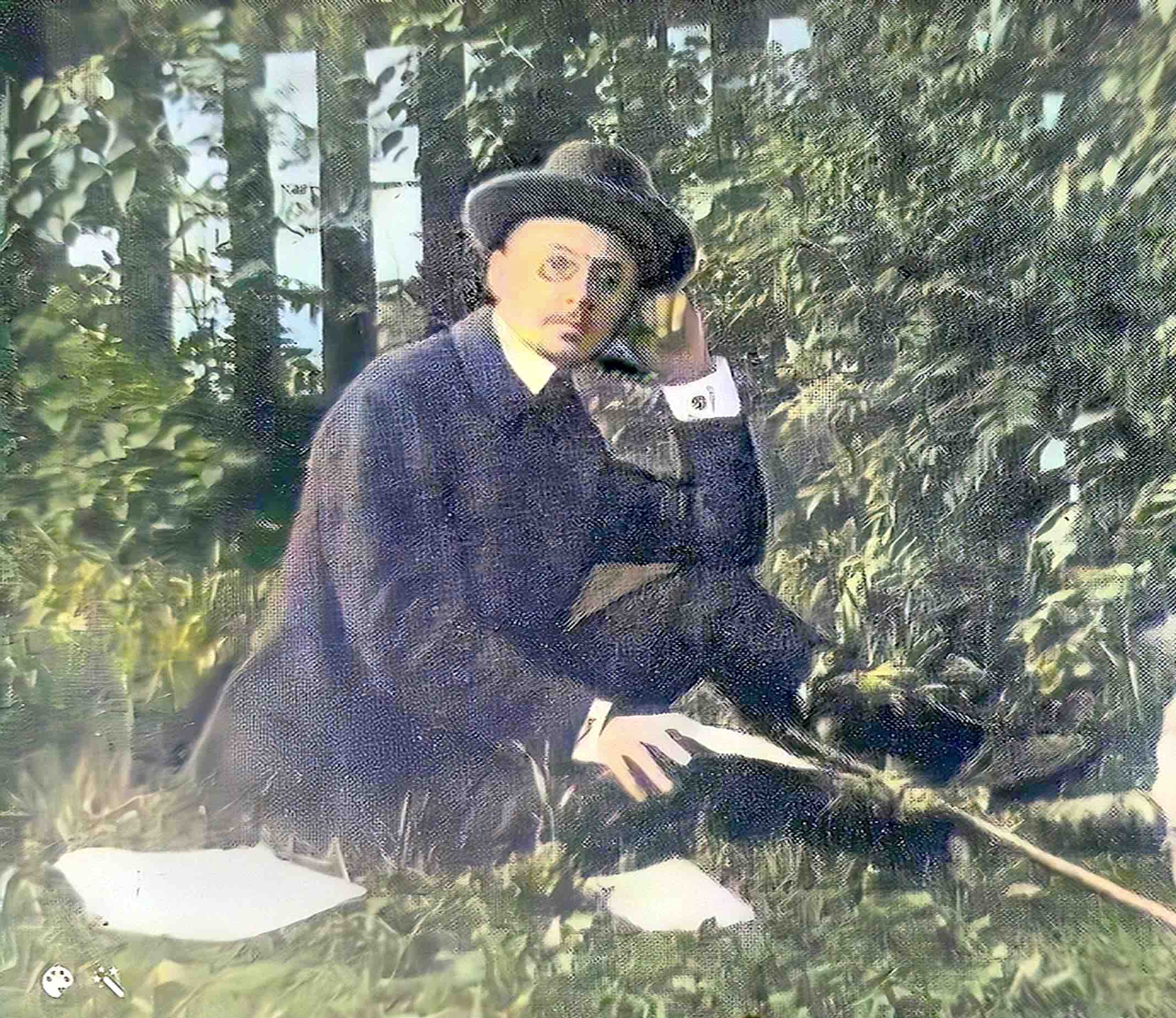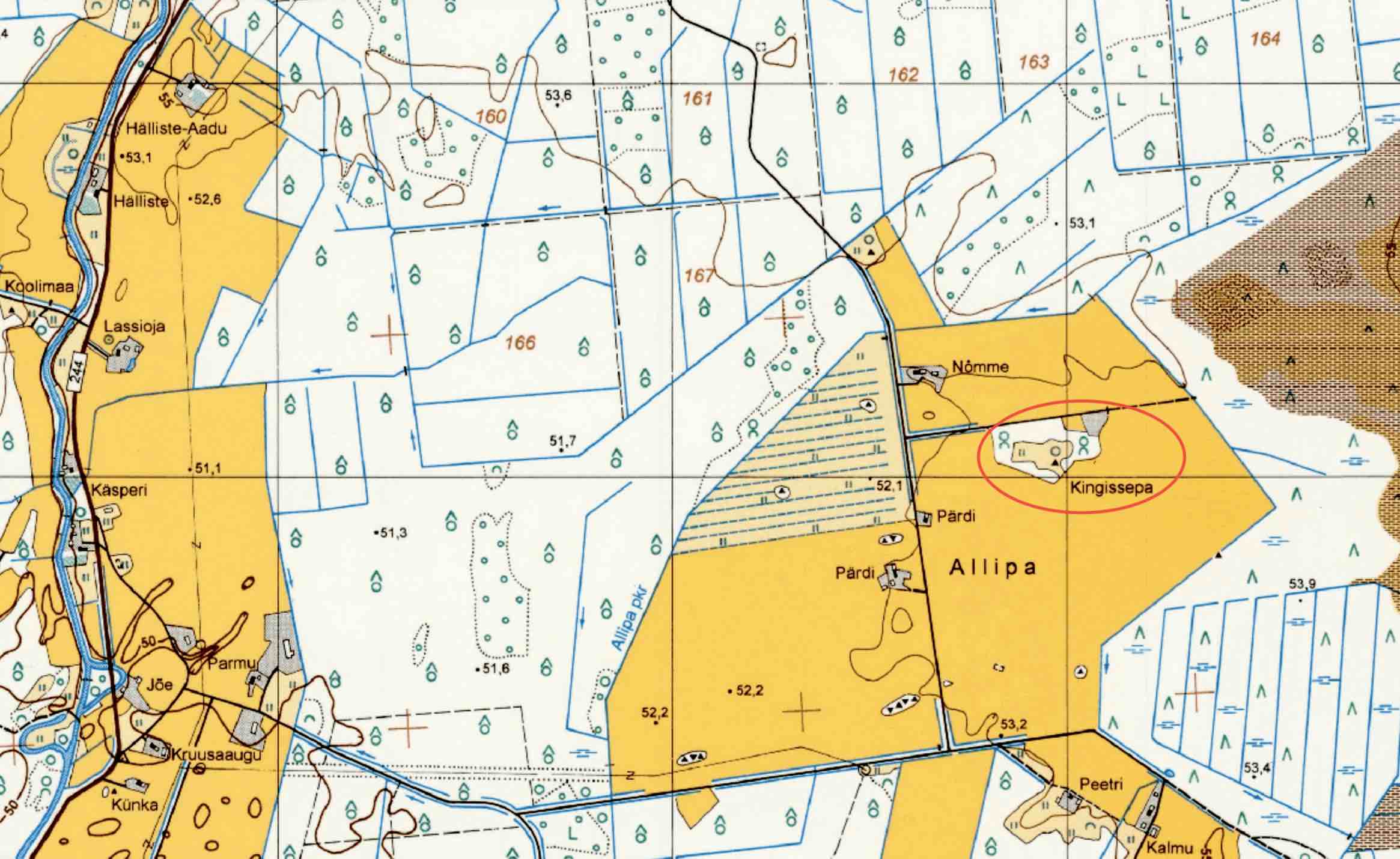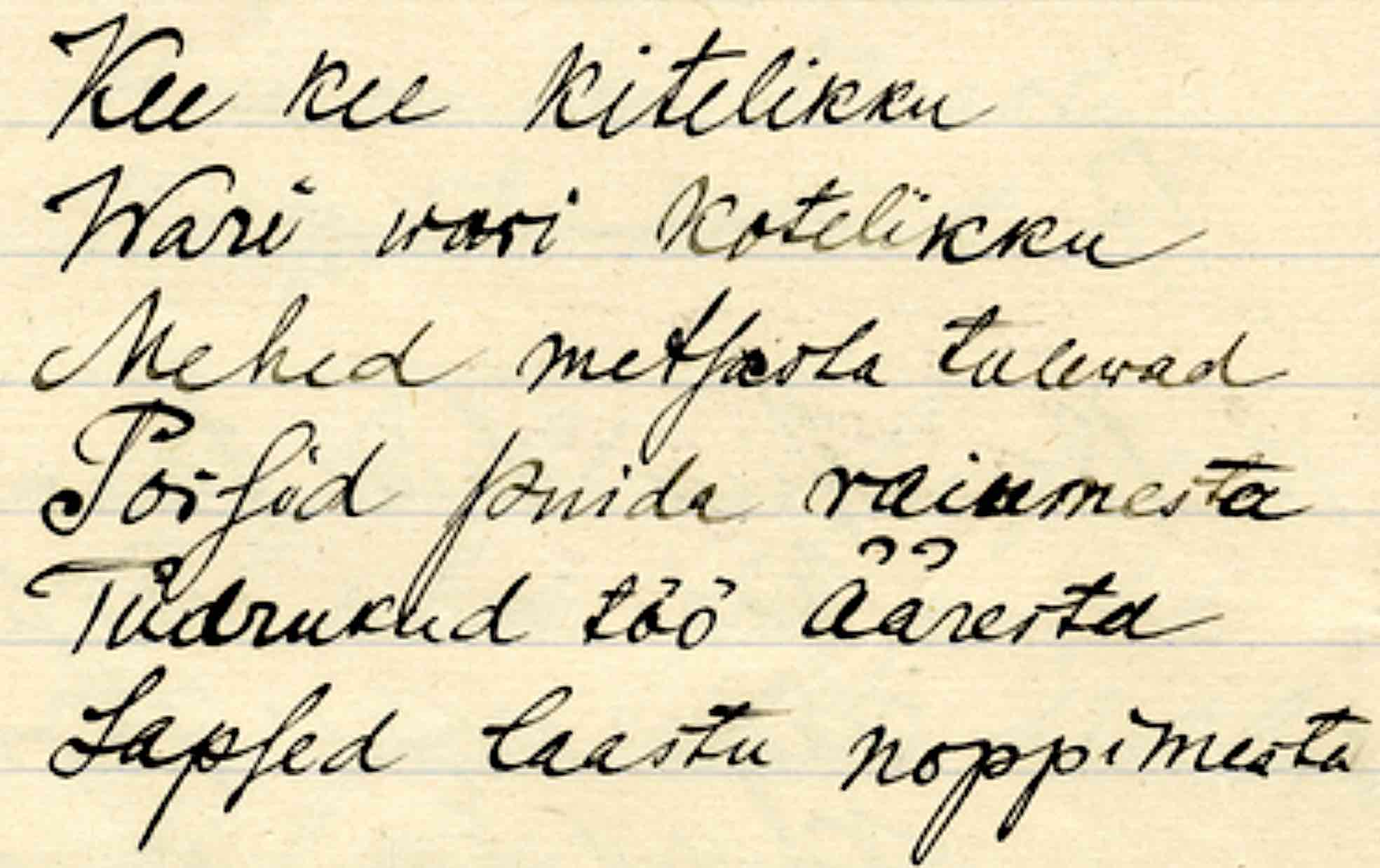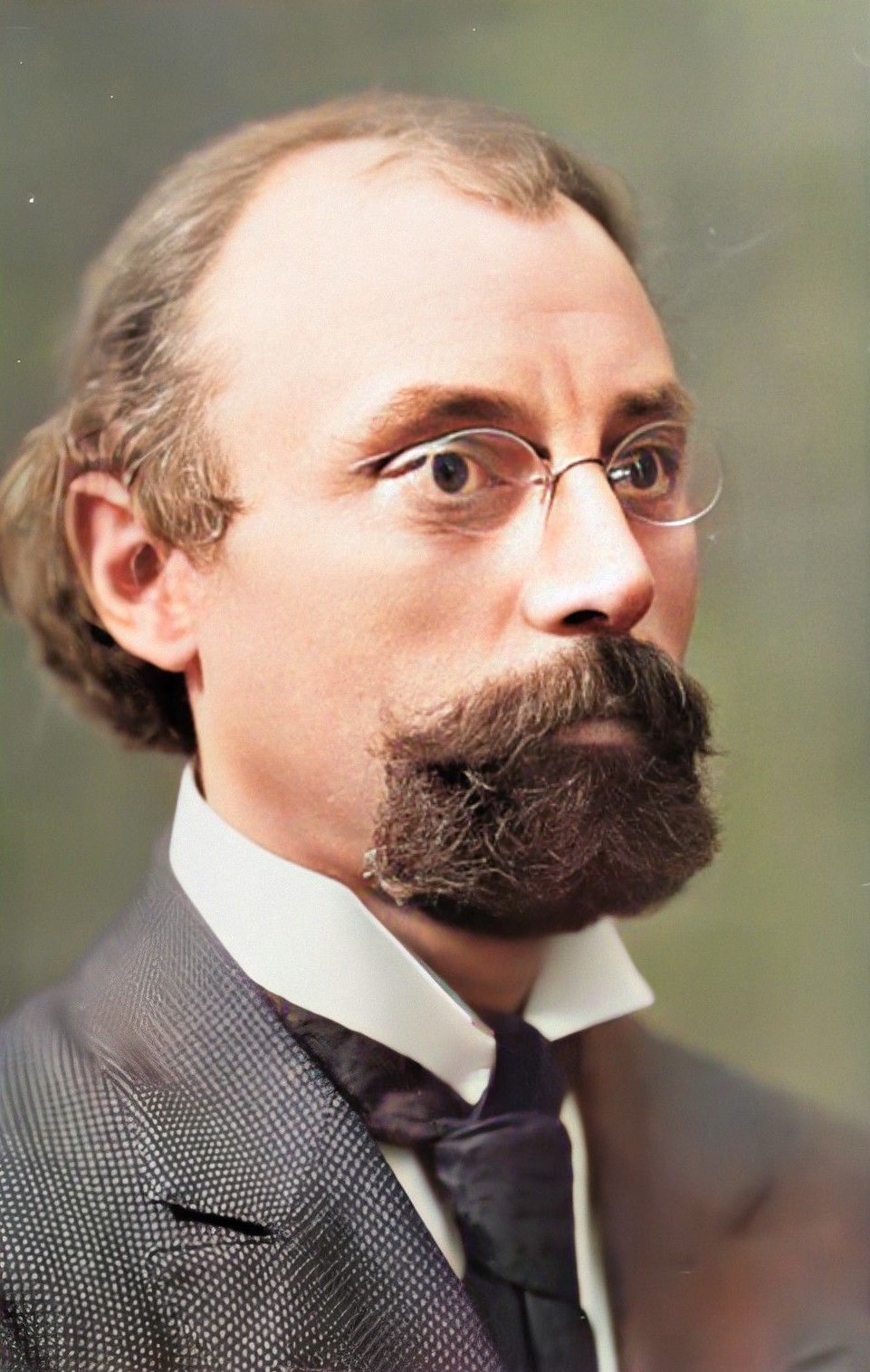Linnuk

The song was written down by the then 21-year-old Mart Saar (1892-1963), who later became a well-known composer and the founder of a national style based on Estonian folk songs. Saar studied organ at the St. Petersburg Conservatory under Nikolai Rimsky-Korsakov, and the latter encouraged Saar to use folk music in his work.
At the same time, Oskar Kallas, who later founded the Estonian National Museum, organized a systematic collection of folk songs in Estonia with the help of the Estonian Students' Association (EÜS). In order to carry out this process, scholarships were awarded to music schools´ students, including those of the St. Petersburg Conservatory, to write down the songs´ texts as well as the melodies. In earlier folklore collections, runic song texts had been included mostly without the melodies, since this had not been addressed in the calls for collection of songs. Also, the people writing up the songs did not have the necessary skills.


So it came to be that in the summer of 1904, Mart Saar joined a trip to Vändra to collect folk songs, where, among others, "Kee, pada" was collected (called "Kee kee" in Linnuk´s version). The song was sung to Saar by Jaan Bach from Vändra parish, Käru county, Allipa Village (formerly probably Allikapalu, written as "Hallipapaju village" by Saar, and later "Hallipaju village" in the print version) from Kingsepa Farm. The recording was made on July 6, 1904. Saar collected as many as 26 songs from Bach in a hay barn that day.
According to archive sources, Jaan Bach was born in Käru on May 20, 1834 and was 70 years old at the time of the recording. For 44 years of his life (1866-1910), Jaan was the chruch warden of Käru church. Jaan died on February 23, 1919. According to Geni.com, Jaan has living descendants to this day.

Sending of the collected materials to Oskar Kallas was delayed, therefore Saar had to apologize several times. Almost three years after the songs were collected, Saar writes in March 1907:
"Honourable Mr. Kallas! I am sorry for the long delay in sending the folk songs to you. I very much regret my guilt and I will try to use all my strength to have them sent to you in the coming days. I have already started rewriting them." A month later, Saar forwards his collected materials to the EÜS collection.


The collection trips greatly inspired the reclusive Mart Saar: "The collection trips invigorated vastly. These were the ones that left so much behind. Everything was close to my heart," Saar recalled in 1962.
Saar was an extraordinary and undoubtedly unique personality - at the first meeting mostly humble and concise, but when becoming acquainted with him, a bright, lively, witty, genuinely benevolent great artist, a maestro, who was completely captivated by music and who, in turn, always profoundly inspired those around him with his performances and fervour. He spent a lot of time in nature, especially walking alone in the swampy forests near his home on the edge of Soomaa, observing nature and reading poetry. "He loves to sit and spend hours in one place exploring the essence of a shrub, a tree or a flower. His exceptionally unique and subtle inner world of emotions separates thousands of details here, which are usually completely overlooked by a bystander, a pragmatic official," wrote Johannes Jürisson in 1957. Saar found there to be a lot of mystical, fairy-tale like and magical qualities in runic songs and folktunes, which inspired him, and which he also instilled in his compositions.

The older strata of Estonian folksongs were the great love of Mart Saar, which, by the beginning of the 20th century had begun to irretrievably disappear into the course of history due to the influence of more modern music. He writes in 1908 how he wholeheartedly wants them not to disappear, but to be written down, collected, revived and made to sound again (Saar´s article in 1908). Folk songs are the main starting point of Saar's rich composition output - he used them to a remarkable extent, more than anyone else, and he is considered the founder of the Estonian national trend in music. With his compositions, Saar laid the foundation for the principle that is widely used in Estonian folk music to this day - that the folk tune itself remains intact, but rich musical development takes place around this basic melody. Composer Riho Päts wrote in 1932: "Over time, Mart Saar has organically merged with our land, people and nature. Estonian national sound art and Saar are inseparable, and it will probably take some time before our other composers will be able to express themselves in this style."
Saar´s creative output is mostly connected to folk music and is undoubtedly very unique. Most of his compositions are choral songs (nearly 400), but also songs for solo voice and piano pieces. He can be considered the founding father of Estonian professional choral music, since his choral works were initially considered too innovative and complex, requiring a much higher technical level than before. However, gradually, or maybe thanks to Saar's numerous compositions, the artistic level of choirs began to grow and by now Saar is an indisputable favorite in choir repertoires. Perhaps the best-known choral songs are “Mis need ohjad meida hoidvad" (“What are These Reins Holding Us", also known as "Leelo") and "Põhjavaim" ("The Northern Spirit", 1914). When both songs were performed at the 1938 Song Festival, the critics rated it as the moment of the maximum creative artistry achieved at the Festival.
Mart Saar died in 1963. Memories of him can be read in the book "Mart Saar in Words and Images," published in 1973.
"Kee kee" is a soup-cooking song. It was sung to enterntain the children while boiling soup.
Several similar soup-cooking songs have been collected. The way they were sung has been well described by Liidia Kampus in 1961: "Mother sang it, took the younger child, the one being younger than me, into her lap. And then, a small lamp burned on the edge of the stove and – who would have lit a large lamp to burn in the kitchen in the old days - and then she sang so that the child would not be bored, and nor would I. And then she sang that soup-cooking song." (Listen to Liidia here)
The legendary Estonian ensemble from the ´70-s, Collage, has made their version of the song collected by Mart Saar in 1904. "Kee, pada!" is the opening track of their 1971 debut album. You can listen to the version of Collage on Youtube:
The band TRAD.ATTACK has used a similar motif of "Kee kee pajakene, kee kee kiteliku"! in their “Pass-pass" (2019). Listen to this track here:
"Kee, pada!" (Boil, ye cauldron!) reached us probably first through the Collage version from their 1971 vinyl record and later from the Tampere collection. The general arrangement and form our version of the song were completed in the beginning of 2020, with the final arrangements completed in the autumn of the same year. In our version, the song is called "Kee kee".

Performed by:
Sulev Reisberg (vocals, instrumental part)
Helen Saarniit (vocals)
Arrangement/mix:
Sulev Reisberg
Suggestions by:
Ülle Sirkas
Mastering:
Allan Kasuk
Video:
Sulev Reisberg
Released in:
2022
Research by:
Sulev Reisberg
Translation by:
Helen Saarniit